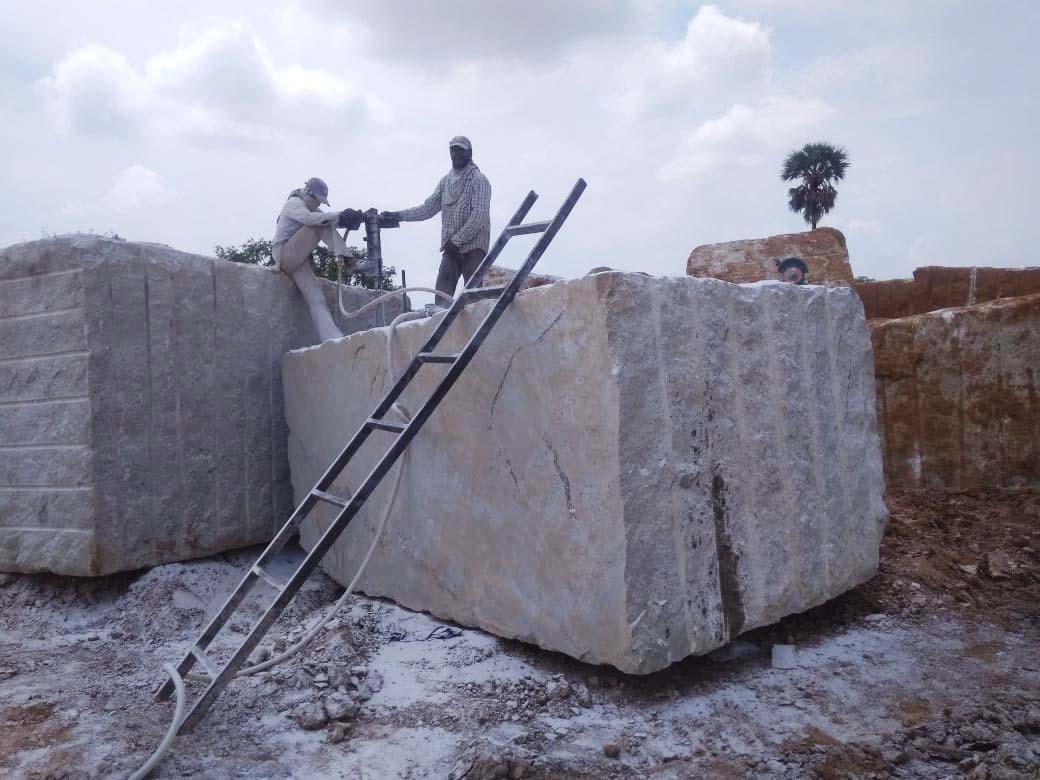Unlocking All-natural Treasures: Granite Quarries in South Africa Revealed
Unlocking All-natural Treasures: Granite Quarries in South Africa Revealed
Blog Article
Unearthing the Rich History and Sustainable Practices of Granite Quarrying
As we base on the precipice of discovering the intricate tapestry of granite quarrying, a journey via time reveals not simply the physical act of extracting stone however additionally the cultural and historical significance woven right into the very textile of this technique. From the ancient origins that laid the structure for modern-day quarrying strategies to the lasting techniques that are shaping the future of this sector, each carve mark on granite surfaces narrates waiting to be uncovered (granite quarries in south africa). The tradition of granite quarrying stretches much beyond mere extraction; it is a testament to human resourcefulness, strength, and the enduring allure of this marvelous rock
Old Origins of Granite Quarrying
Dating back to old worlds, the method of quarrying granite has been an important component of human background and architectural advancement. The earliest evidence of granite quarrying go back to ancient Egypt, where massive pyramids and elaborate sculptures were crafted from this resilient stone. The Egyptians used primitive devices to remove granite blocks from quarries, showcasing the value of this material in their monumental building and constructions.
Moving on in background, the Greeks also made significant payments to the quarrying of granite. The Greeks used granite in various architectural wonders, such as temples and sculptures, demonstrating their ability in shaping and sculpting this hardy rock. The Romans additionally improved the strategies of quarrying granite, employing sophisticated devices like knives and hammers to extract and shape granite for their famous frameworks.
With the centuries, the practice of quarrying granite has progressed, with contemporary innovations boosting effectiveness while maintaining the classic appeal of this all-natural rock - granite quarries in south africa. From ancient human beings to contemporary contractors, the legacy of granite quarrying remains to form our globe
Evolution of Quarrying Strategies
The development of quarrying strategies has actually been noted by a constant progression towards higher performance and precision in removing granite. Early quarrying methods included manual labor with standard devices such as blades, hammers, and wedges to extract granite blocks from the planet.
In even more current times, the advent of machinery changed the quarrying sector, making it possible for quicker removal rates and enhanced performance. Technologies such as ruby cable saws, high-pressure water jets, and pneumatic drills have actually become conventional in contemporary quarries, enabling accurate cutting and decreased waste. Developments in computer-controlled tools and 3D modeling have maximized quarrying procedures, leading to very little environmental influence and enhanced sustainability practices. As the demand for granite continues to rise, the development of quarrying strategies remains important to conference industry requires effectively and sustainably.
Social Relevance of Granite
Granite holds an extensive cultural Related Site significance across numerous human beings due to its long-lasting visibility in architectural masterpieces and respected monoliths. The cultural value of granite extends beyond its physical characteristics; it personifies strength, stability, and timelessness, making it a symbol of enduring legacies and customs.

Lasting Practices in Quarrying
Amidst the abundant history of granite quarrying and its social value lies an expanding focus on lasting techniques within the market. As environmental understanding and problems regarding resource deficiency have actually heightened globally, the quarrying sector has actually increasingly accepted sustainable methods to decrease its effect on the environment and surrounding areas.

In addition, improvement and recovery of quarry sites post-extraction are essential to sustainable methods. By restoring quarried areas to an all-natural or useful state, such as creating wildlife habitats or recreational areas, quarriers can balance out the ecological footprint of their operations and contribute positively to the local ecosystem.
Heritage of Granite Quarrying
With a historical background steeped in craftsmanship and commercial progression, what enduring effect has granite quarrying left on the landscape of contemporary culture? The heritage of granite Find Out More quarrying goes beyond simple extraction techniques; it has formed architectural wonders, urban landscapes, and cultural heritage worldwide. The long lasting nature of granite has made it a preferred option for monuments, buildings, and framework, standing as a testimony to the skill and creativity of quarry workers throughout generations.
Additionally, the financial footprint of granite quarrying can not be overlooked. The sector proceeds to supply job opportunity and drive neighborhood economic situations click over here in areas where granite removal prevails. It has actually also spurred technical innovations in quarrying strategies and equipment, resulting in more effective and lasting practices.
In terms of sustainability, the heritage of granite quarrying consists of efforts to minimize environmental impacts via recovery projects and liable resource management. By stabilizing financial interests with environmental stewardship, the industry strives to make certain that future generations can remain to gain from this enduring natural deposit.
Conclusion

Report this page